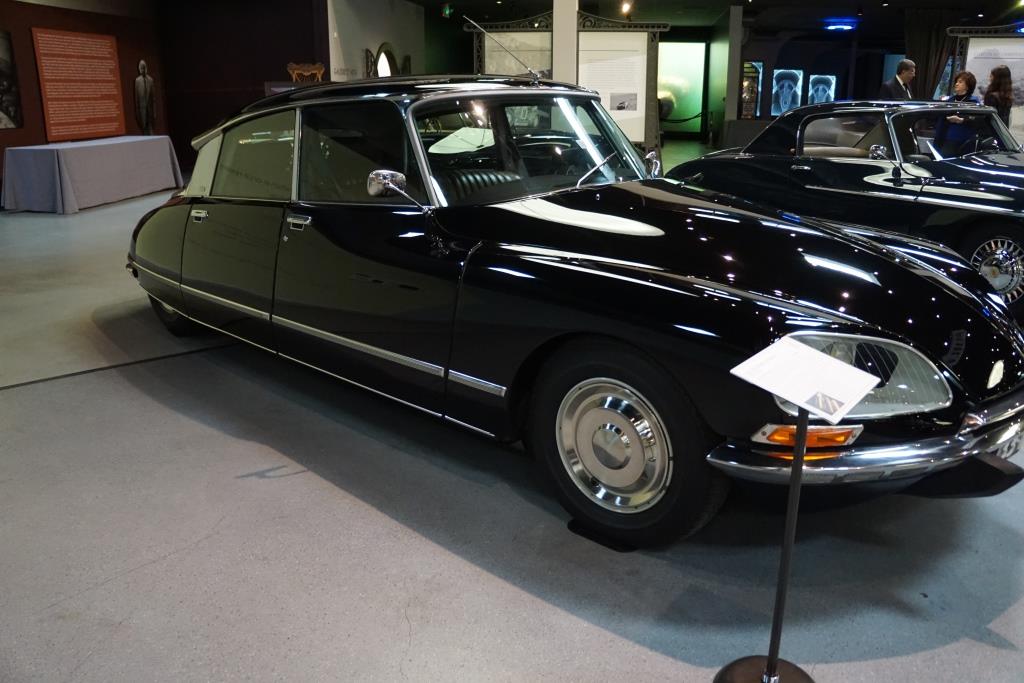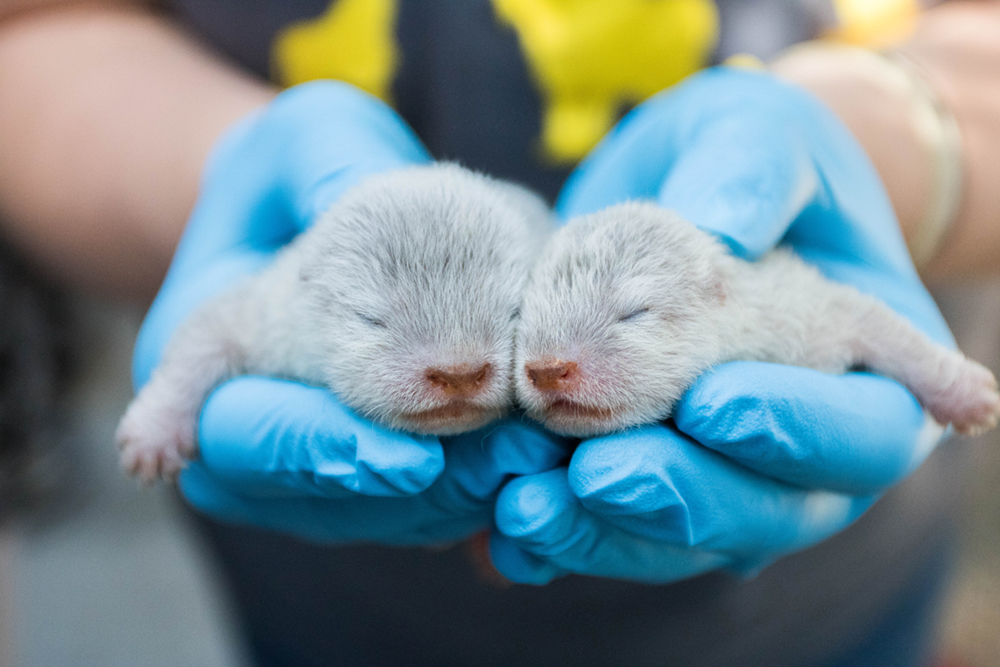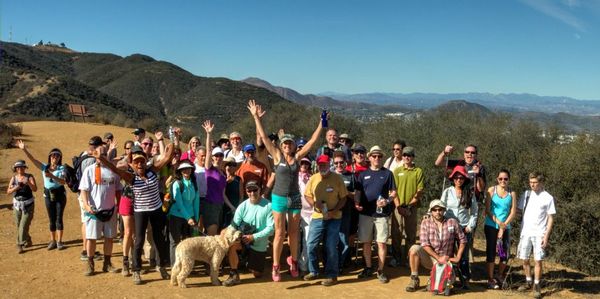It Will Be Illegal for California Employers to Ask for Salary Information Effective January 1, 2018
/Recently signed into law in the State of California was AB-168 "Employers: salary information." This law prohibits all employers in the state to ask for salary history information from job applicants. Salary history is defined to include compensation as well as benefits.
The law goes on to say that the salary history information cannot be sought orally or in writing, personally or through an agent.
This new law takes effect January 1, 2018.
The law does not preclude candidates to volunteer such nor prohibit employers from using that information to determine the salary for the applicant.
The goal of this law is to narrow the wage gap of men and women by removing the past pay variable from the equation. AB-168 also requires that employers, upon reasonable request, must provide the pay scale for a position to a job candidate. Of course, the law does not define "reasonable" or how narrow or wide the pay scale must be.
Text of AB-168 at THIS LINK.










